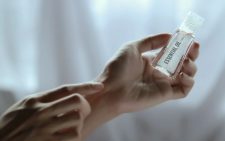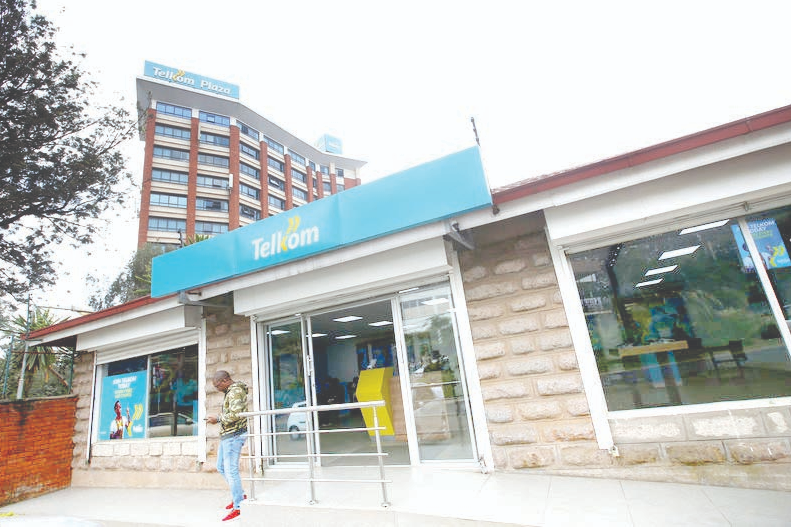Common piercing aftercare mistakes to avoid

Getting a new piercing is exciting, but proper aftercare is crucial for healing.
Unfortunately, many people unknowingly make mistakes that lead to infections, irritation, or prolonged recovery.
Here are the top 10 piercing aftercare mistakes and how to avoid them.
Touching your piercing
One of the biggest mistakes people make is constantly touching their new piercing. Our hands carry bacteria, oils and dirt, which can easily transfer to the fresh wound, increasing the risk of infection.
Even if your hands are clean, excessive handling can irritate the piercing, causing unnecessary swelling and further prolonging healing.
The best way to ensure quick healing is by avoiding touching your freshly pierced area, unless it’s absolutely necessary, such as when cleaning it.
If you must adjust the jewellery, wash your hands thoroughly with antibacterial soap first.
Instead of fiddling with it, use a sterile saline spray for cleaning to minimise direct contact.
Ignoring aftercare instructions
Skipping aftercare steps or being inconsistent with cleaning can lead to the buildup of bacteria and dead skin cells, increasing infection risk.
Some people assume piercings heal on their own, but neglecting proper care slows healing and may cause complications like excessive swelling or discharge, infections, excessive crusting, or even piercing rejection.
Others clean sporadically, allowing bacteria to build up around the jewellery.
Following your piercer’s aftercare guidelines religiously may mitigate all these issues. This usually involves cleaning the piercing two or three times a day with a sterile saline solution.
Also, avoid swimming in pools, lakes, or hot tubs, as submerging a fresh piercing can introduce harmful bacteria.
Additionally, keep hair, hats, and clothing away from the piercing to prevent snagging.
Changing jewellery too soon
Switching out jewellery before the piercing is fully healed can tear the delicate tissues, introduce bacteria, and cause irritation.
Many people change jewellery for aesthetic reasons, not realising that even high-quality pieces can disrupt healing if inserted too early.
It’s tempting to swap out your starter jewellery for something cuter, but changing it too soon can damage the healing fistula, the new skin tunnel around the jewellery.
Premature jewellery changes can introduce bacteria, cause trauma, and even lead to the piercing closing up.
It is recommended to wait until the piercing is fully healed before changing jewellery, usually, six to 12 weeks for earlobes and cartilage or body piercings.
There are various options when you want to switch your jewellery.
Opt for high-quality materials like implant-grade titanium, surgical steel, or niobium to minimise irritation. If unsure, it is important to consult your piercer before making any changes.
Using harsh cleaning products
Many people mistakenly believe that strong antiseptics like alcohol, hydrogen peroxide, or antibacterial soaps will speed up healing.
However, these products are too harsh and can dry out the piercing, killing healthy cells needed for recovery along with bacteria, causing further irritation.
Over-cleaning with strong products can lead to excessive dryness, cracking, and delayed healing.
Homemade saltwater mixes are strongly discouraged, as incorrect ratios can irritate the piercing.
It is advisable to stick to sterile saline solution (0.9 per cent sodium chloride) because it’s gentle yet effective.
The side sleeper struggle
If you’re a side sleeper, putting pressure on a new ear or cartilage piercing can cause swelling, irritation, bumps, and even migration (the jewellery shifting out of place).
This is especially problematic for cartilage piercings like helix or daith, which are especially prone to bumps and prolonged healing if slept on.
There are different ways to protect your piercing while sleeping; using a travel or doughnut-shaped pillow to keep pressure off the piercing, training yourself to sleep on your back or the opposite side.
If you move in your sleep, try securing your hair away from the piercing to prevent tugging.
Playing the doctor role
When a piercing looks red or has a bump, some people panic and try DIY (do it yourself) treatments. Attempting to self-diagnose and treat issues like infections or bumps can worsen the situation.
Using random home remedies (tea tree oil, aspirin paste) or removing jewellery during an infection can trap bacteria inside.
These can worsen the irritation, cause chemical burns, or even trap infections inside if the jewellery is removed prematurely.
Self-diagnosing or experimenting with home remedies can be fatal to your piercing.
If you notice unusual swelling, pus, or extreme pain, consult your piercer or a doctor. It should be taken out only if a professional advises it.
The overzealous cleaner
While keeping a piercing clean is important, over-cleaning can be just as harmful as neglecting it.
Excessive scrubbing, using cotton swabs or rough materials can cause micro-tears.
Cleaning more than three times a day can strip away natural healing fluids, leading to dryness and irritation.
A new piercing should be cleaned gently; no need to overdo it.
Let warm water run over the piercing in the shower to soften crusties, then pat dry with a clean paper towel (avoid regular towels, which can harbour bacteria).
Saline sprays are essential for easy, no-touch cleaning.
The stress spiral
Stress spirals make healing harder by amplifying both physical and emotional discomfort.
Overanalysing every minor change, obsessively cleaning, or catastrophising normal healing stages like slight crusting or itchiness can actually delay recovery.
Stress weakens the immune system, increases inflammation, and leads to impulsive actions like changing jewellery too soon or using harsh remedies.
Breaking the cycle requires trusting the process, sticking to simple aftercare, and seeking professional reassurance instead of internet horror stories.
Some redness and mild swelling are normal in the first few weeks.
Focusing on proper aftercare without obsessing, staying hydrated, and getting enough sleep to support your immune system is key.
Healing takes time, patience, and self-compassion, which are just as important as saline spray.
Suffering in silence
This often leads to preventable complications.
Pain, excessive swelling, or unusual discharge are signs that something might be wrong, whether it’s an infection, improper jewellery, or an allergic reaction.
Ignoring these symptoms or assuming they’ll disappear on their own can worsen the issue, turning a minor irritation into a serious problem like embedding, scarring, or even systemic infection.
Piercers are trained to help with these concerns, but they can’t assist if you don’t speak up.
Addressing problems early ensures faster healing and avoids long-term damage.
When something feels wrong, the call to action is consulting your piercer or a doctor early.
Some people fear judgment if their piercing looks “messy,” but piercers see complications daily.
Waiting too long can turn a minor issue like a small irritation bump into a major problem.
Wearing tight or irritating accessories
The most common mistake that slows down piercing healing is wearing tight clothing, hats, helmets, or accessories that constantly rub against or put pressure on the piercing.
This is especially problematic for navel, nipple, or ear piercings. Friction from fabric can cause irritation bumps, excessive swelling, and even migration (the jewellery moving out of place).
Additionally, materials like wool or rough synthetics can introduce bacteria and cause micro-tears in the delicate healing tissue.
There are guidelines on what to wear. For ear piercings, avoid tight hats or headphones that press against the jewellery.
If you have a navel piercing, opt for high-waisted pants that sit below the jewellery rather than rubbing against it.
For nipple piercings, wear a soft, supportive bra that reduces movement without squeezing too tightly.
If you must wear helmets (for sports or motorcycles), try to limit wear time in the early healing stages and clean the piercing immediately afterwards.













